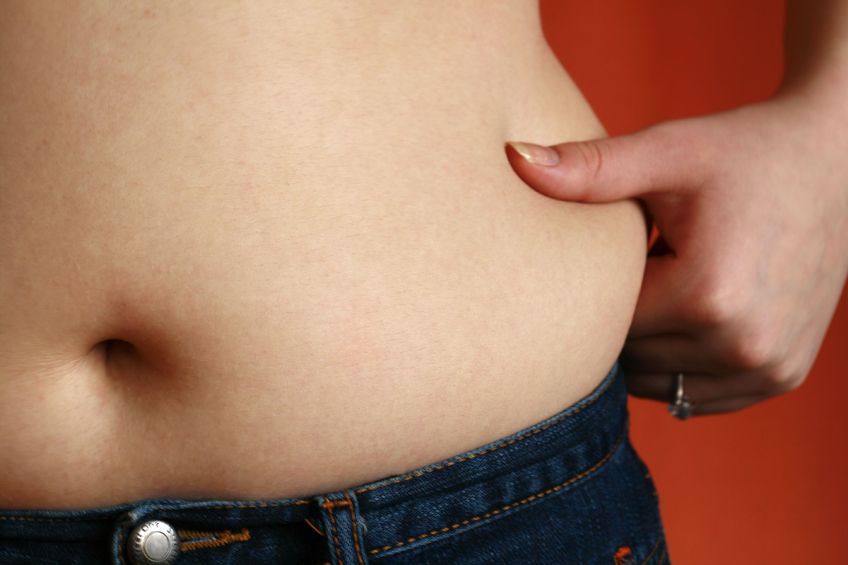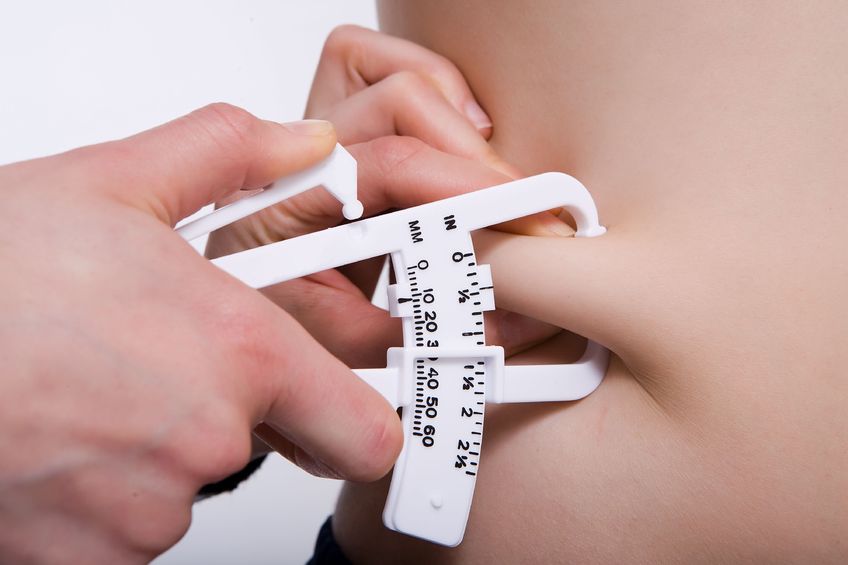 How to Calculate BMI
How to Calculate BMI
BMI, or body mass index has long been hailed as a sure way to measure your body fat percentages based on calculations using your weight and height.
Calculators like this one ask you to provide your information and in turn spit out a number that falls on a scale somewhere between underweight and morbidly obese.
The formula has several steps. First, multiply your weight times 0.45 — by doing this, you’re converting pounds to the metric measurement of kilgorams.
Then, multiply your height in inches by 0.025. Once again, you’re converting your height into a metric measurement. Once you’ve completed your calculation, square your answer.
Divide the number you got in the first step by the number you just calculated. Your answer will most likely be something between 18 and 30. These numbers are divided into four categories — underweight, normal BMI, overweight and obese.
Once you’ve calculated your BMI, take that number and throw it in the trash.
Why a Normal BMI Doesn’t Matter
At best, measuring your BMI can be a quick and dirty tool to get an approximate idea of what your body fat percentage looks like. Beyond that, it simply isn’t accurate.
For starters, height and weight do not determine body fat in proportion to the rest of your body, or your fat-free mass.
Your body is composed of two different types of mass — fat mass, which is what you’re attempting to calculate and fat-free mass, which encompasses things like your bones, your skin, your muscles, your organs and more.
When you take your fat-free mass into account, weight and fat distribute differently across different body types. You could take three people of the same height and weight and place them in a line up and see drastically different body types, yet their BMI would rank them all as one in the same.
An athlete who weighs 160 pounds at 5’3″ would be overweight according to BMI because it doesn’t take into account that muscle weighs more than fat. In the same vein, a 5’3″ person could weigh 135 pounds and be in the normal weight range according to the BMI chart, but still be skinny fat with a high percentage of actual fat mass.
There are many factors that determine your actual fat percentage — how much you exercise, what you eat on a daily basis and where your body fat is located to name a few.
Where Did BMI Even Come From?
Adolphe Quetelet of Belgium invented BMI as a mathematical formula over 200 years ago. That’s right, we’ve just started to figure out smoking and sun exposure is unhealthy in the past 50 years, but we’re still relying on a formula that’s older than the state of Texas to determine health.
Even Quetelet admitted that his formula couldn’t truly be used to determine a person’s “fatness”. A mathematician, Quetelet needed a quick and easy way to measure the “average man” and did so by creating the BMI formula. In order to make the formula work correctly, Quetelet added steps such as squaring a person’s height for no reason other than it made the numbers add up correctly.
So yes, people including doctors and medical professionals are using a number determined by a formula that isn’t scientifically accurate.
Other More Accurate Ways to Calculate Body Fat Percentage
You cannot rely on your BMI or your weight to give you an accurate picture of your health. However, there are several more in-depth and accurate ways to figure out what percentage of your body mass is made up of fat.
Air-Displacement Plethysmography
Ever climbed in a Bod Pod? The Pod uses air displacement technology to measure body fat by measuring air pressure.
Air-Displacement Plethysmography
Ever climbed in a Bod Pod? The Pod uses air displacement technology to measure body fat by measuring air pressure.
The method is considered very accurate, but stay away if you’re claustrophobic!
Bioelectric Impedance
If you’ve ever grasped a small machine that resembles an Xbox controller to measure your body fat, you’ve used a BIA machine. BIA machines rely on electric impulses sent throughout your body to estimate your body fat percentage.
CT or MRI Scan
You may be familiar with these imaging machines if you’ve ever had an accident or a wonky knee. Although CT and MRI machines are highly accurate for measuring body fat, most doctors usually rely on them for other purposes.
Oftentimes, you will only see CT or MRI machines used to measure body fat in a research-type setting.
Densitromety
Also known as underwater weighing, this process requires you to be in a tank that is then submerged in water. This method can not only determine body fat percentage, but also body volume and body density using formulas and principles like buoyancy.
Although this method is very accurate, it’s rare and is usually only used for conducting research.
DEXA
DEXA equipment, similar to densitromety, is usually on used by researchers or physicians, as the equipment is expensive and not portable. DEXA, or dual energy X-ray absorptiometry, uses x-ray technology to create estimates of body fat percentages. It can also determine bone mineral density.
Hydrometry
During this method, you simply drink water laced with isotopes and then provide samples for researchers who can then use isotopes to determine things like your body fat percentage and the total amount of water floating around in your body.
Measure Your Waist
Where you carry fat is important. For example, it’s completely normal for women to carry more fat in their chests, on their hips and on their bottoms than men. However, measuring your waist can give you an idea of where your body fat percentage falls.
You can measure your waist at home using a measuring tape around your natural waist. Having a waist higher than 40 inches in men and 35 inches in women is directly linked to higher incidences of diseases like Type 2 diabetes and hypertension.
 Skinfold Thickness
Skinfold ThicknessThis method is usually associated with small pinchers, called calipers, which are applied to different areas of your body such as your biceps, your triceps, your lower back and your waist on the right side. The person performing the skinfold thickness test will then measure each fold in millimeters and use a conversion chart to estimate your overall fat percentage.
Waist to Hip Ratio
You can figure out your waist to hip ratio by measuring at your natural waist and again at your hip, or the widest point of your body, and then dividing the first number by the second number.
In order to be considered in the healthy range, your number should fall below 0.80 for women and 0.90 for men.
These are all great ways to measure your body fat percentage, but some things can be determined using common sense.
Do you eat well? Do you exercise three or four days a week? Do you have sustainable energy? If you answered yes to these three questions, chances are you’re pretty healthy and fit. Living a well-rounded and fitness-oriented lifestyle is honestly the best measurement of health.
References
